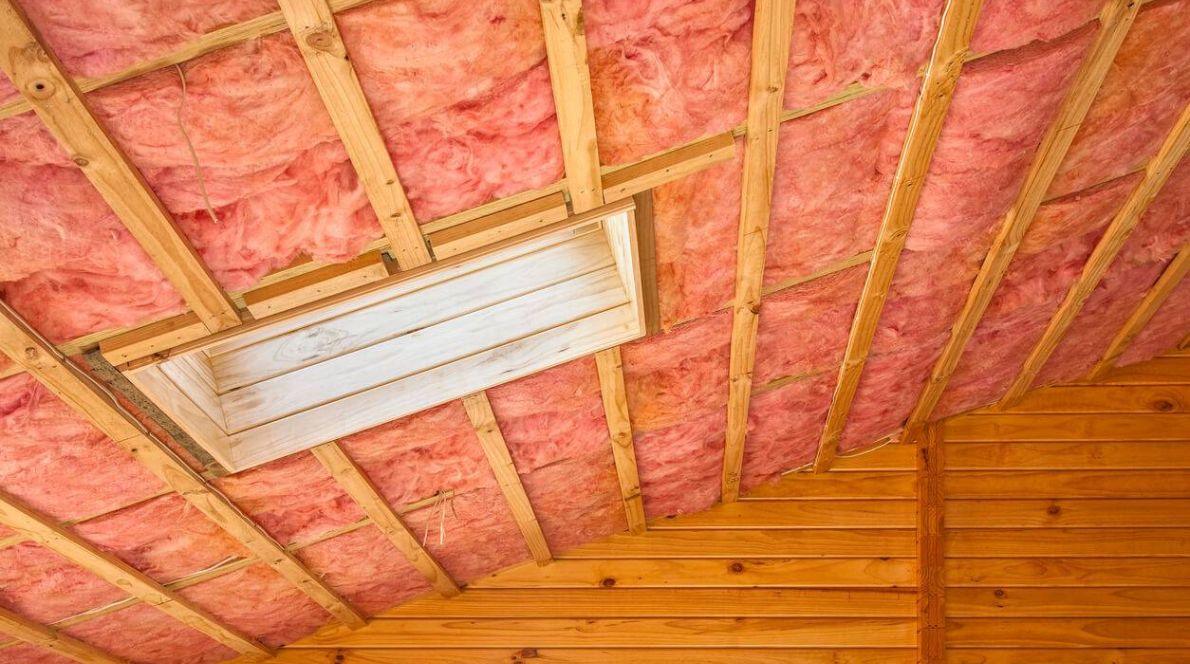
R-Value is a measure of thermal resistance used to rate insulation materials. The higher the R-Value, the better the insulation’s ability to resist heat flow, keeping your home warmer in winter and cooler in summer. In New Zealand, R-Values are crucial for meeting building code requirements and ensuring energy efficiency in homes.
What Is R-Value?
What is the difference between R and U-Value?
While R-Value measures how well a material resists heat flow, U-Value measures how well a building element conducts heat. Lower U-Values indicate better insulation performance. Essentially, R-Value focuses on resistance, and U-Value on conductivity, making them inversely related.
Understanding R-Value
Factors that affect R-Value
Several factors influence the R-Value of insulation, including the type of material, thickness, and density. Environmental factors such as moisture and compression can also affect insulation performance, reducing its effective R-Value over time.
How R-Value is measured
R-Value is measured based on the material’s thickness and thermal conductivity. It is expressed in square metres Kelvin per watt (m²K/W). Higher R-Values indicate greater insulation efficiency. For example, a material with an R-Value of 3.0 is more effective than one with an R-Value of 2.0.
What is the difference in R-Values on insulation?
Different parts of a home require different R-Values for optimal insulation. For instance, walls, floors, and roofs have distinct insulation needs. In New Zealand, wall insulation typically requires an R-Value between R2.0 and R2.6, while roof insulation may require R3.3 to R6.6, depending on the region and climate zone.
Importance of R-Value in Energy Efficiency
R-Value plays a pivotal role in a home’s energy efficiency. Proper insulation with high R-Value materials reduces heat loss, lowers energy bills, and enhances indoor comfort. Effective insulation also helps reduce carbon footprint by decreasing the need for heating and cooling systems to work harder.
What R-Value Should My Insulation Have?
The required R-Value for insulation in New Zealand varies by climate zone and the part of the house being insulated. Generally, higher R-Values are needed in colder regions. For instance, in the southern regions of New Zealand, higher R-Values are recommended to combat colder temperatures. Always consult local building codes and standards to determine the appropriate R-Value for your specific location and home design.
What Is The Minimum R-Value For Walls?
As of recent updates to the New Zealand building code, the minimum R-Value for wall insulation is R2.0. This standard helps ensure that homes maintain sufficient thermal resistance to support energy efficiency and comfort. However, depending on the specific requirements and location, higher R-Values might be beneficial and sometimes necessary to achieve optimal energy performance.
In conclusion, understanding and applying the correct R-Values for different parts of your home is essential for creating an energy-efficient, comfortable living environment. Ensuring compliance with local building standards and considering the specific needs of your region will help you achieve the best insulation performance for your home.
